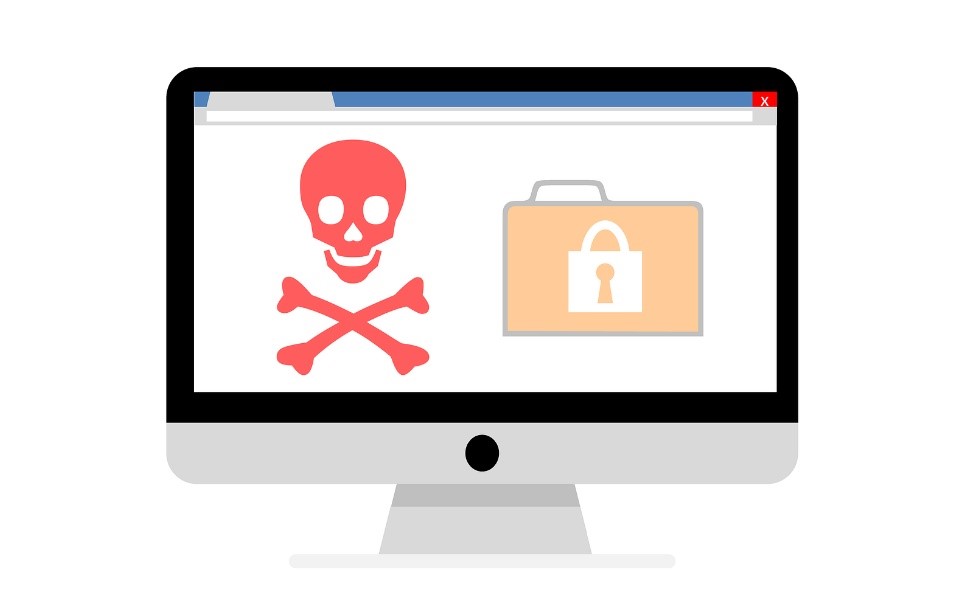Imagine this: you’re basking in the afterglow of a successful quarter, confident and relaxed. Suddenly, your phone buzzes with an email alert. It’s from IT, and the subject line screams “URGENT: Potential Ransomware Attack.” That blissful feeling instantly vanishes, replaced by a pit of dread in your stomach. Ransomware attacks are the digital equivalent of a rogue wave – unexpected, devastating, and leaving a trail of destruction in their wake.
But here’s the good news: businesses don’t have to be helpless victims caught in the current. By taking proactive steps, you can build a robust defense system that keeps your data safe and your operations running smoothly.
Building Your Cybersecurity Seawall
Think of cybersecurity like maintaining a healthy garden. Just as consistent effort is needed to keep weeds from overtaking your prized roses, cybersecurity requires ongoing attention to detail. Here are some key practices that act as your digital seawall, holding back the tide of cyber threats:
- Fort Knox Passwords and Multi-Factor Authentication: Imagine strong passwords and multi-factor authentication as your loyal guard dogs. These first lines of defense carefully scrutinize anyone trying to enter your digital backyard (your network). Complex passwords, incorporating upper and lowercase letters, numbers, and symbols, make it difficult for unauthorized users to crack the code. Multi-factor authentication adds an extra layer of security, requiring a secondary verification step beyond just a password. This could be a code sent to your phone or a fingerprint scan, ensuring only authorized personnel gain access.
- Software Updates: Your Constant Gardeners: Just as vigilant gardeners tirelessly patch holes in fences to keep pests out, software updates are crucial for cybersecurity. Hackers are constantly looking for cybersecurity vulnerabilities in outdated software, so staying up-to-date with the latest patches is essential. Consider setting up automatic updates whenever possible to ensure your systems are always protected against the latest threats.
- Employee Training: Empowering Your Plant Detectives: Your employees are your first line of defense against phishing attacks – those deceptive emails disguised as legitimate communications. Regularly training employees on cybersecurity best practices empowers them to be vigilant plant detectives. Topics can include how to identify suspicious emails, avoid clicking on unknown links, and report any concerns to the IT department. By educating your employees, you create a human firewall that can significantly reduce the risk of falling victim to these common cyberattacks.
- Data Backups and Encryption: Your Hidden Underground Irrigation System: Data backups are your hidden underground irrigation system, ensuring your precious data remains nourished even in the worst-case scenario. Regularly backing up your data to a secure offsite location guarantees you can restore critical information if a ransomware attack occurs. Data encryption adds another layer of protection. Encrypted data is scrambled and unreadable without a decryption key, rendering it useless even if stolen by hackers.
Beyond the Basics: Maintaining Your Digital Garden
Building a strong foundation is crucial, but cybersecurity requires ongoing maintenance. Here are some additional steps to keep your digital garden thriving:
- Penetration Testing: Your Security Consultant: Think of penetration testing as inviting a security consultant to poke and prod at your defenses. These tests simulate real-world cyberattacks, identifying vulnerabilities before a real attack hits. By uncovering weaknesses in your security posture, you can address them before they become entry points for hackers.
- Evolving Protocols: Upgrading Your Garden Tools: Cybersecurity is an arms race, with hackers constantly developing new tactics. Just like you wouldn’t use a rusty spade to tend your garden, staying up-to-date with the latest cybersecurity protocols is vital. Regularly review and update your security measures to ensure they remain effective against evolving threats.
- Cybersecurity Professionals: Your Friendly Gardening Gurus: You don’t have to navigate the complexities of cybersecurity alone. Cybersecurity professionals are like your friendly neighborhood gardening gurus. They can assess your security landscape, design a custom plan tailored to your specific needs, and provide ongoing support to keep your digital defenses strong.
The Human Cost of Ransomware: While the financial impact of ransomware attacks is significant, it’s important to acknowledge the human cost as well. A ransomware attack can be incredibly stressful for employees, causing anxiety, fear, and a loss of trust. Consider including a subheading titled “The Human Cost” that discusses the emotional toll these attacks can take and the importance of employee support during and after an attack.
Reporting Ransomware Attacks: Many businesses are hesitant to report ransomware attacks due to fear of reputational damage or legal repercussions. However, including a section titled “Why You Should Report Ransomware Attacks” can highlight the importance of reporting these incidents to law enforcement and cybersecurity agencies. This allows them to track trends, develop new defensive strategies, and potentially bring perpetrators to justice.
Don’t Wait Until the Tide Rises: Take Action Today
Remember, an ounce of prevention is worth a pound of cure (or a hefty ransom payment). By prioritizing these proactive measures, you’re not just protecting your data – you’re safeguarding your entire business from the financial and operational nightmare of a ransomware attack. So, ditch the beachside panic and start building your security seawall today. Your future self, and your peace of mind, will thank you for it. There are also a wealth of resources available online and through industry groups to help you become a cybersecurity champion. Take control of your digital destiny – the time to act is now!

